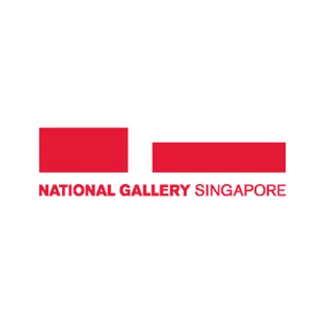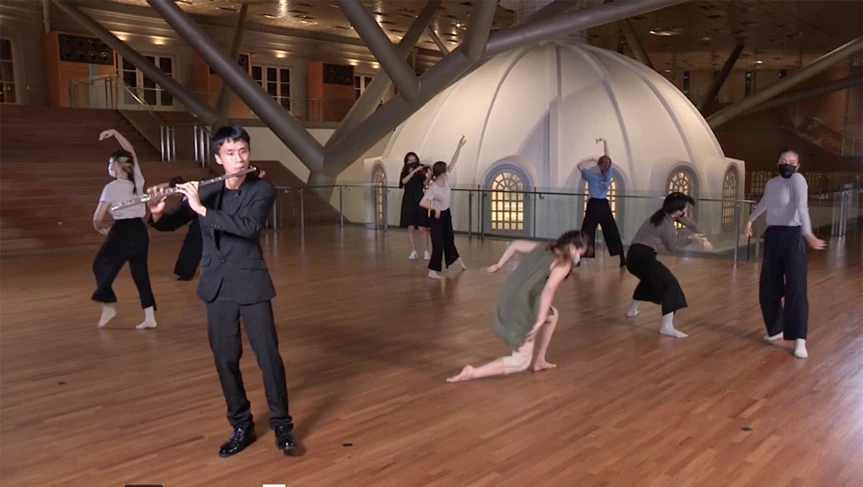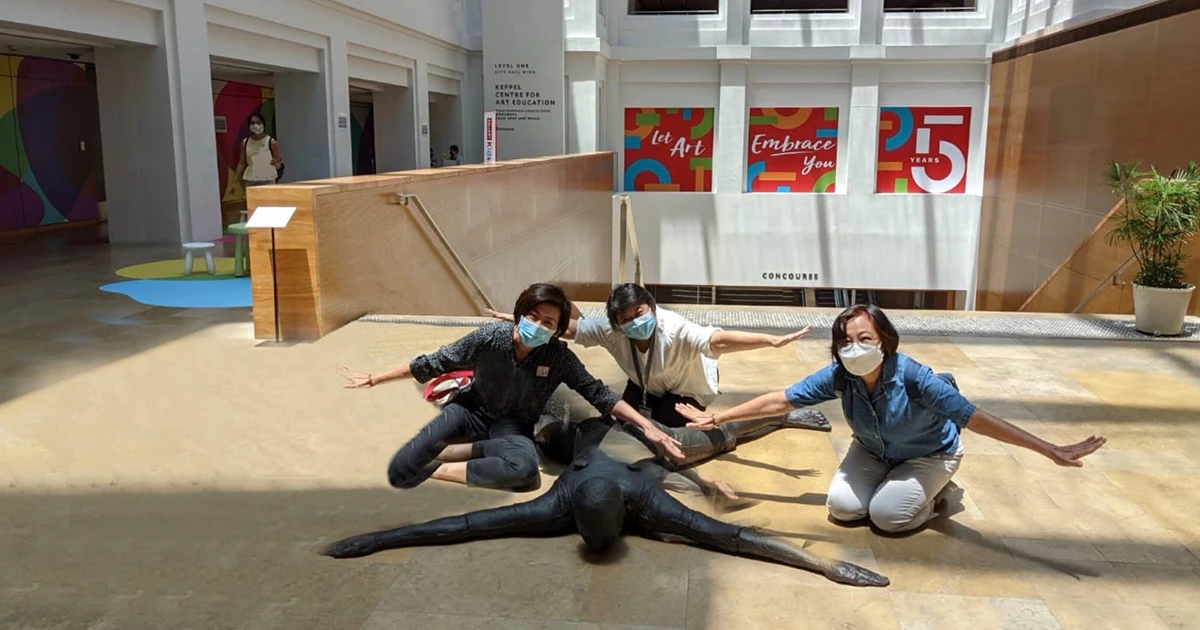Life Circuit I/0 by INTER–MISSION
Part of the exhibition Awakenings: Art in Society in Asia 1960s–1990s, the music collective INTER–MISSION staged two Happenings centred on Lee Kang-So's Disappearance, Bar in the Gallery.
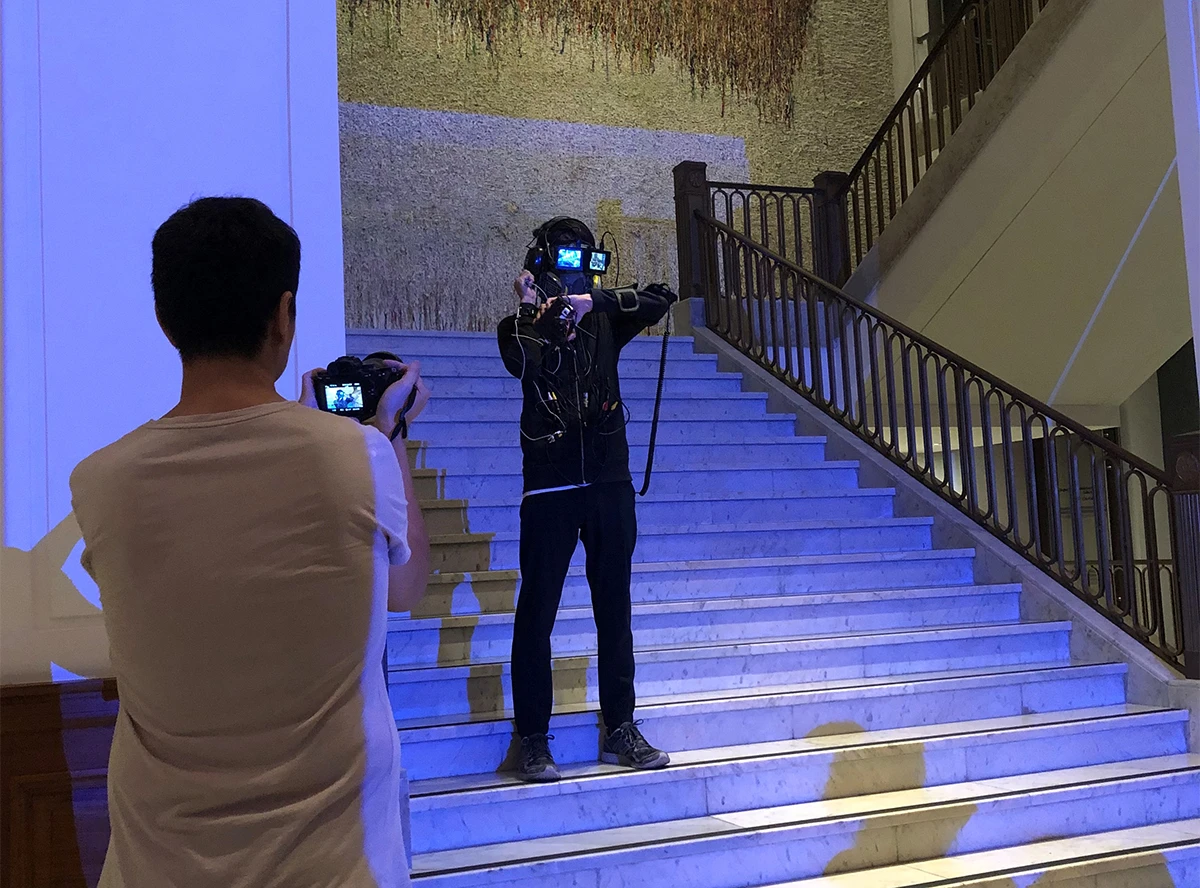
in conjunction with Lee Kang-So's installation Disappearance, Bar in the Gallery
from the exhibition Awakenings, Art in Society in Asia 1960s–1990s.
Part of the exhibition Awakenings: Art in Society in Asia 1960–1990s, Lee Kang-So’s installation Disappearance, Bar in the Gallery was the centre of two Happenings by artists Urich Lau and Teow Yue Han, collectively known as INTER–MISSION. The music collective collaborated with Tokyo-based dancer Chiharu Kuronuma, and Norhaizad Adam and Syimah Sabtu from the Singapore dance collective P7:1SMA for the work, titled Life Circuit I/0.
As innocuous as Lee Kang-So’s installation appears, it belies a work loaded with meaning. Disappearance, Bar in the Gallery was first presented in 1973, in response to authoritarian rule in South Korea. Alongside the suppression of democracy, individual freedoms and social interactions were restricted. Hierarchies became fixed and thus stratified society. Lee Kang-So created Disappearance, Bar in the Gallery as a space for people from all walks of life to mingle; social interactions to breach the divisions staunchly held by the South Korean government of the time.
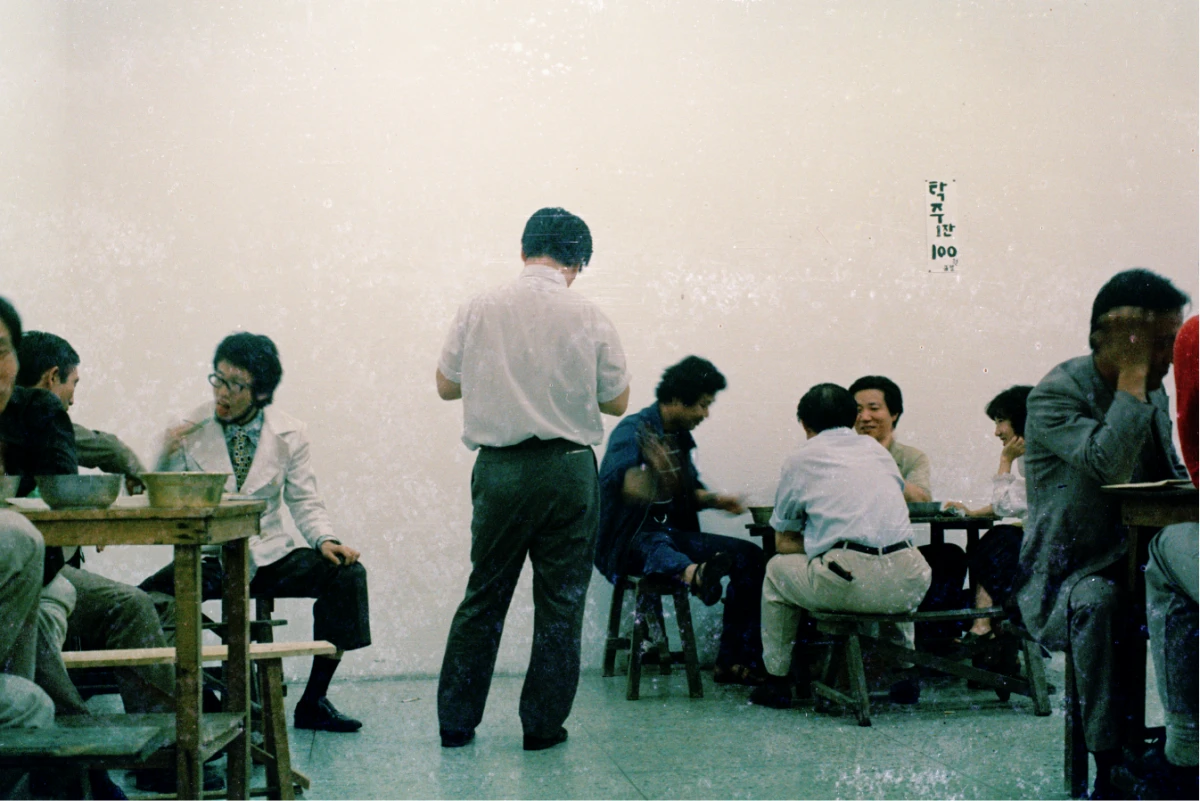
As its background suggests, the work is located within a specific period of South Korean history – how would artists Urich Lau and Teow Yue Han engage the contemporary Singapore audience? The artists found that issues of state control and institutional surveillance remain pertinent today. The pervasiveness of CCTV cameras across Singapore and the fact of social media companies using personal profiles to manipulate online and offline behaviours suggest that challenges to freedom and individual expression are still relevant.
The Happenings took place over 22 and 23 August 2019. In the first Happening, INTER–MISSION provided light and sound effects while Chiharu Kuronuma performed via livestream from Tokyo. The sound effects blurred the line between noise and music, throwing off audience members who were not expecting the ambience it created. In the spirit of Lee Kang-So’s participatory work, the audience was also invited to mix with other members of the audience and the work itself. Yue Han from INTER–MISSION passed his video recording equipment to audience members, encouraging them to move around the space to document their fellow audience, friends, or aspects of the installation they were drawn to. Though initially hesitant, the audience was thrust into the position of performer and adjusted well to such active participation. As the night progressed, Urich’s sound mixes spun rapidly to a crescendo. By the end of the night, visitors were engulfed in sound.
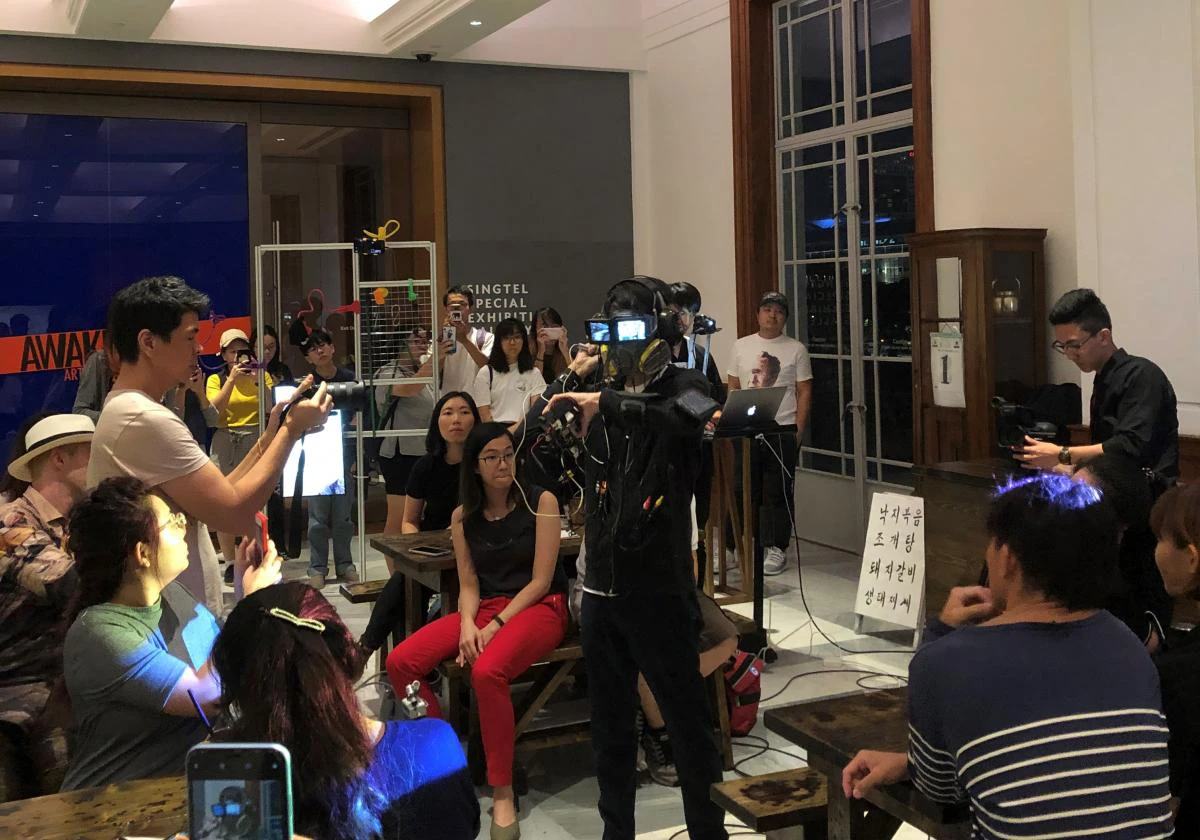
The second performance introduced a new element to the performances. Norhaizad Adam and Syimah Sabtu from P7:1SMA were present in the installation. Armed with video recording equipment similar to INTER–MISSION, they moved in reaction to the space, around the installation, and documented their movements as they went along. Having the presence of these dancers in the installation created an atmosphere that was more encouraging of audience participation – perhaps a reaction to being filmed themselves. As these dancers were able to engage directly with audiences, they demonstrated the different ways in which audiences to could interact with their video devices.
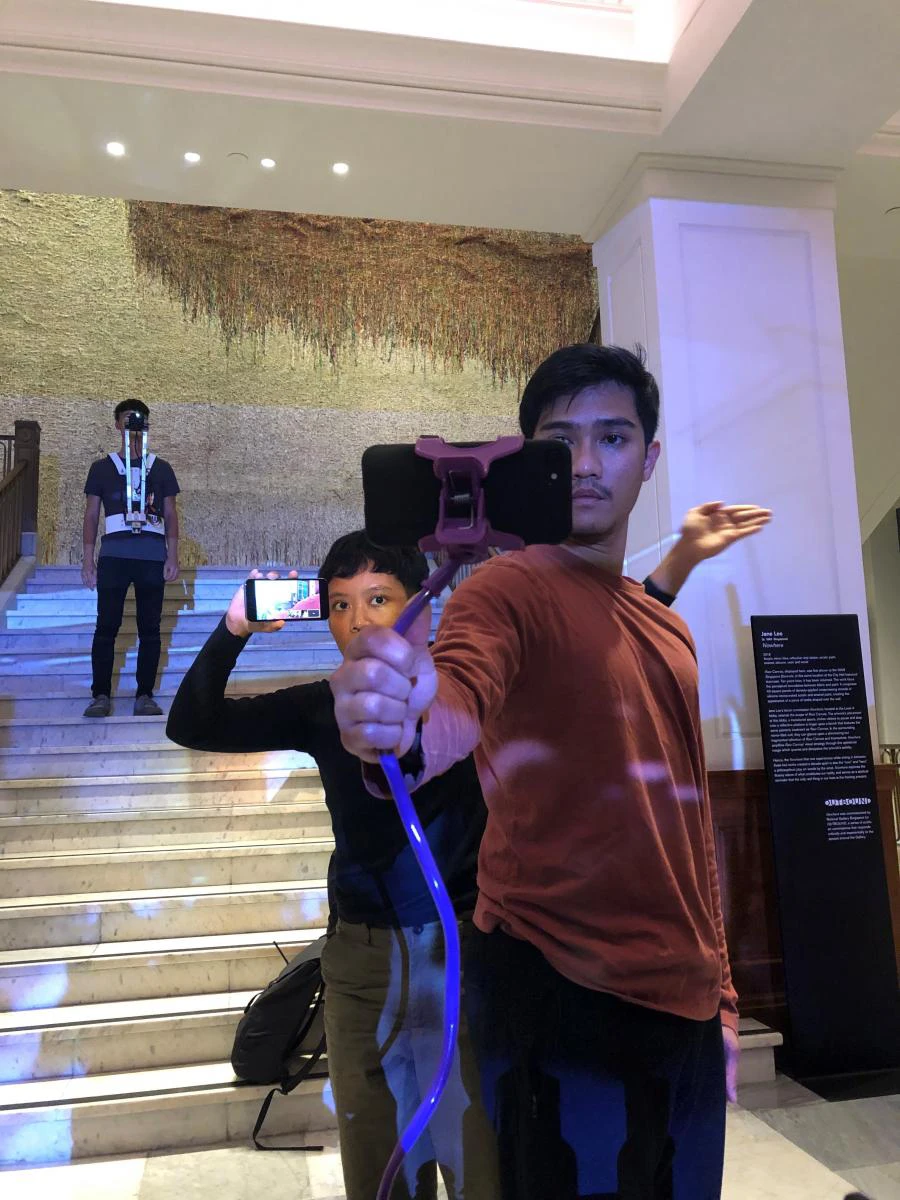
Both performances of Life Circuit I/0 highlighted the pervasiveness of surveillance in our society, as the presence of cameras made the audience uncomfortable. People gained an awareness of their own movements and actions, a perception of themselves from the outside looking in. It made me reflect on how much monitoring and surveillance takes place in society today, and how people would react if the extent of this was made apparent to them.
As I sat amongst in audience, I was simultaneously thrilled and uneasy about being part of an immersive experience that paralleled reality. Whilst Life Circuit I/0 was ephemeral, I will be reflecting on the ideas it brought up for a long time to come.










